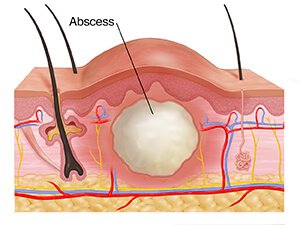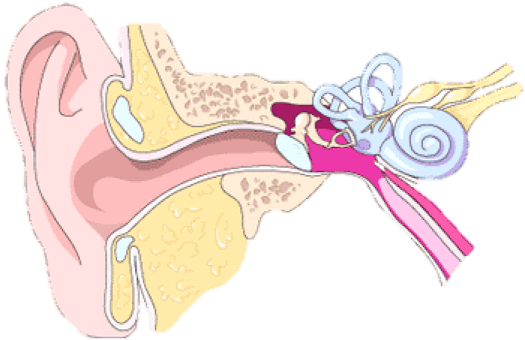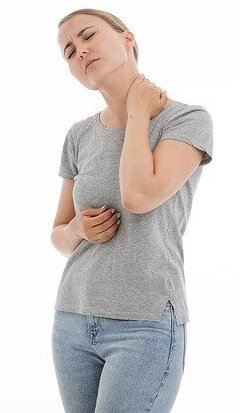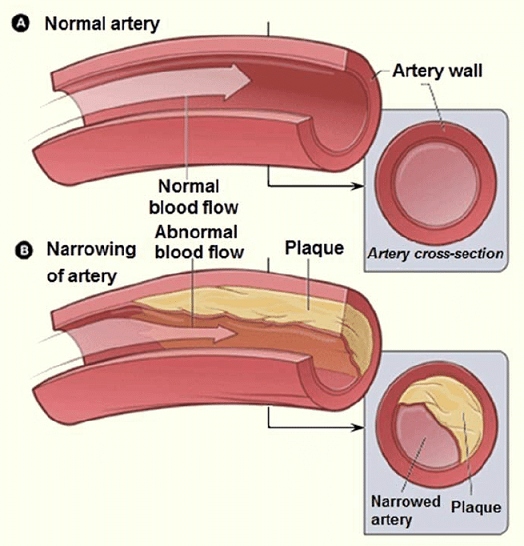- Cupping / Hijama Treatment Plan
- Body Part / Function Involved
- Symptoms and Effects
- Dietary Changes
- Changes in Lifestyle
- Alternative Remedies
Information on this site shall be considered as holistic, alternative and spiritual advice only. For medical advice and treatment a GP, medical professional and/or Certified Hijama Therapist should be consulted. In all circumstances where lifestyle changes, supplements, or other foods are suggested your GP should be consulted. Client Safety is the number one priority.
Complete Hijama Treatment Plan for Sores, Abscesses and Iliac Fossae
Allow 2-4 weeks between sessions – longer if required. Hijama Points shown for each session should ONLY be used to guide the therapist. Body size, cup size, and any other conditions need to considered and appropriate care and attention taken. The number of sessions shown can be increased or reduced depending on the condition of the client.
Complete Treatment Plan
Click here for Session 1Click here for Session 2
Click here for Session 3
Standard Wet Points – 1,55,129,120
Click here for Hijama Points on the front of the bodyClick here for Hijama Points on the lower limbs of the body
If the client has a complicated history and numerous concerns then it is a good idea to use our online consultation service – click here.
Which body part or function is involved in Sores, Abscesses and Iliac Fossae?
Human skin has several important functions including which immunity is one of the most important that makes it the first-line defense. Immunity enables the skin to prevent infections from bacteria and other microorganisms. Furthermore, to provide a passive physical barrier against infection, the skin also embodies components of the innate and adaptive immune systems which enables it to actively fight infections. Thus the skin delivers protection in depth against pathogens.
The skin acts as a barrier, a kind of shield, consist of several layers of cells and their respective glands. The skin is a vigorous organ that comprises different cells which contain components of the innate and the adaptive immune systems which are activated when the cells are under attack of any invading pathogens.
Sores:

A sore is a form of lesion or ulcer that appears like a blister or bump, also called a boil, which can occur anywhere on the body. The sore can be painful, itchy, red, swollen, or tender to the touch. The sores may have puss-filled in them. Apparently, it may look torn and bleeding. In Some cases, sores may not be associated with symptoms of pain. There are several causes of sores, which vary from mild to severe. Sores can arise as the result of a single incident or relapse repeatedly. The type and intensity of the sore change with the causes. Bedsores or pressure ulcers appear like injuries to the skin and underlying tissue resulting from increased pressure on the skin. Bedsores mostly develop on the skin that affects bony regions of the body, most often the heels, ankles, hips, and tailbone.
Thigh and Leg Abscess:
A skin abscess is a condition in which the appearance of pink to red color area occurs around the thick mass. Abscesses are often easy to observe on touching. The wide majority of them are caused by infections. Most commonly abscesses are full of pus, bacteria, and debris. Traditionally, abscesses of the thigh appear to occur mainly from local structures. Abscesses occurring from the pelvic area may arise with signs and symptoms in remote locations, away from the abdomen. Pelvic infections can be primary, as in psoas abscesses.
Ileac Fossae (itching in the hip area)
Pain in the right iliac fossa (RIF) soon raises the doubt of appendicitis. Appendicitis can differ in its presentation but there are also many other things to diagnose of the right iliac fossa (RIF) to evaluate associated pain. In the case of children, the inspection of abdominal pain can be quite challenging. Abdominal pain in pregnancy also causes problems because of alteration of the normal structure and stretching of organs by the growing size of the uterus.
What are the symptoms and effects of Sores, Abscesses and Iliac Fossae on the body?
A sore is an infection most commonly caused by the “herpes simplex” virus, it is a common cause of recurrent sores on the mouth, fingers, or genitals. The formation of sores on the mouth and lips are generally called cold sores or fever blisters. Prolonged bed rest or extended use of a wheelchair may result in pressure sores. These sores occur due to restricted blood flow to the area of the body that is continuously under pressure from the bed or chair. Sores may also arise as a symptom of a certain disease or severe condition, such as diabetes, leukemia or skin cancer.
Sores may appear with other symptoms affecting the skin including:
- Bruising of the affected area
- bleeding of the sore
- Burning sensation
- Itchy feeling
- Redness and swelling
- Tenderness
- Ulcer formation

Causes and symptoms of Leg and Thigh Abscess: The abscess results after the entrance and activation of a bacteria inside the body named, Staphylococcus. A skin abscess can be formed by a bacterial infection that causes when Staphylococcus aureus bacteria get entrance to the body through a hair follicle or through a wound, cut or any injury that has broken the skin. An abscess often occurs as a bump or swelling on the skin, most likely to a pimple. But, it can grow over time and correspond to a cyst plugged with fluid. Based on the type of abscess, other symptoms may also be present. These symptoms may include:
- Fever
- Nausea
- Chills
- Swelling
- Skin lesions
- Inflammation
- Fluid drainage from the abscess
Causes and symptoms of Ileac Fossae: The most often cause of pain/itching in the right iliac fossa is acute appendicitis. Other factors could be right ovarian torsion, hemorrhage in right ovarian cyst, right ureteric colic, or amoebic colitis etc. Symptoms: Pain or itching in right side of the hip.
What changes in diet can help improve symptoms of Sores, Abscesses and Iliac Fossae?
The goal of an abscess and sore healing diet is to eat a combination of food that contain calories, proteins, vitamins, and minerals your body needs. Power food rich in protein, vitamin A and C is recommended to take in diet to heal with sores and abscess.
For iliac fossa:
- Fruit and vegetable juice.
- Boiled vegetables.
- Whole grains.
- Sprouted seeds.
- Homemade cheese, milk.
- Fiber enrich food.
Changes in lifestyle which can help Sores, Abscesses and Iliac Fossae
To improve sores, keep the patient mobile, regularly clean the sore area with a swab, avoid touching the infected area. In the case of bedsores, you can use an air mattress to reduce pressure from the specific point. To help with abscess try warm and dry compress 3 to 4 times on your wound. Gently clean the abscess area, avoid touching and drawing the fluid from the abscess. For iliac fossa, get lots of rest. Intake of lot of fluids, go for a gentle walk each day, avoid laborious activity and pushing heavy objects until your doctor permits.
Possible alternative remedies for Sores, Abscesses and Iliac Fossae
In case of sore in the mouth, you can try the remedies like baking soda rinse, use of milk of magnesia on your sores. Use of Salt on your mouth sores can also relieve pain.
In case of bedsores, use:
- Aloe Vera
- Myrrh essential oil
- Turmeric and beetroot
For abscess try the following remedies:
- Tea tree oil
- Turmeric powder
- Antibiotic ointment
- Neem oil
- Castor oil
For iliac Fossae:
- Fenugreek seeds
- Mint
- Green grams
- Garlic




